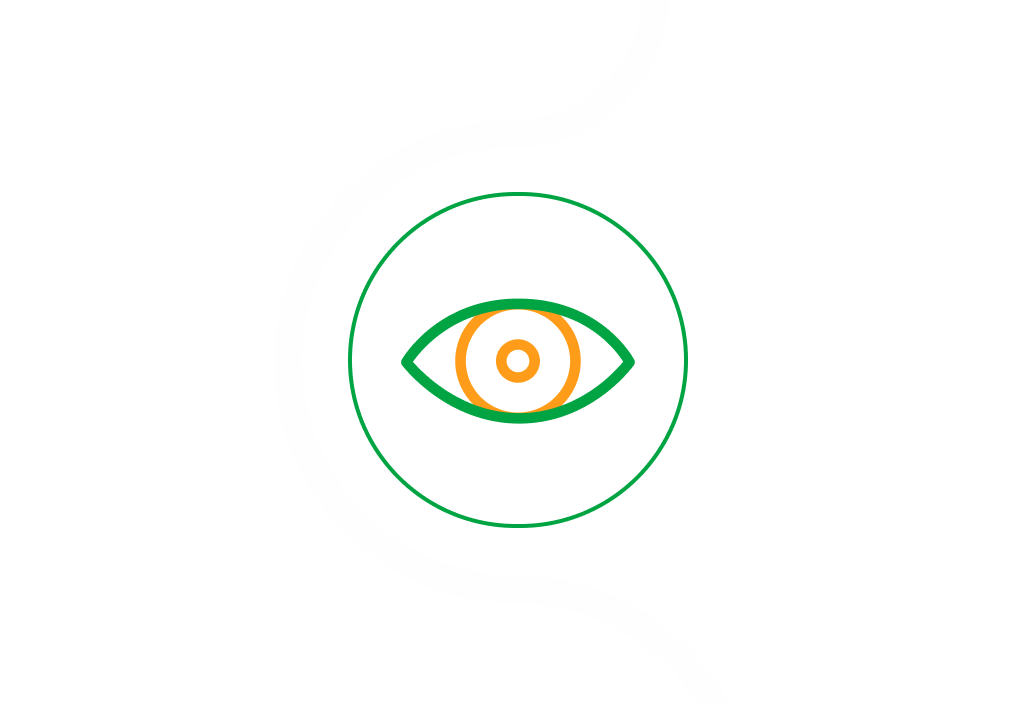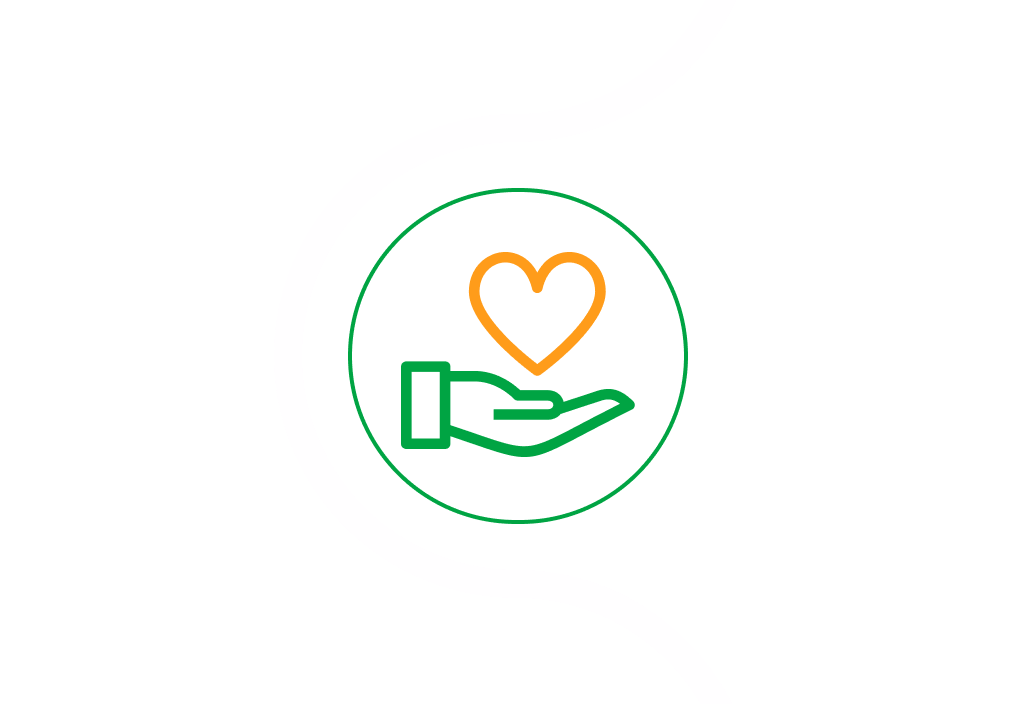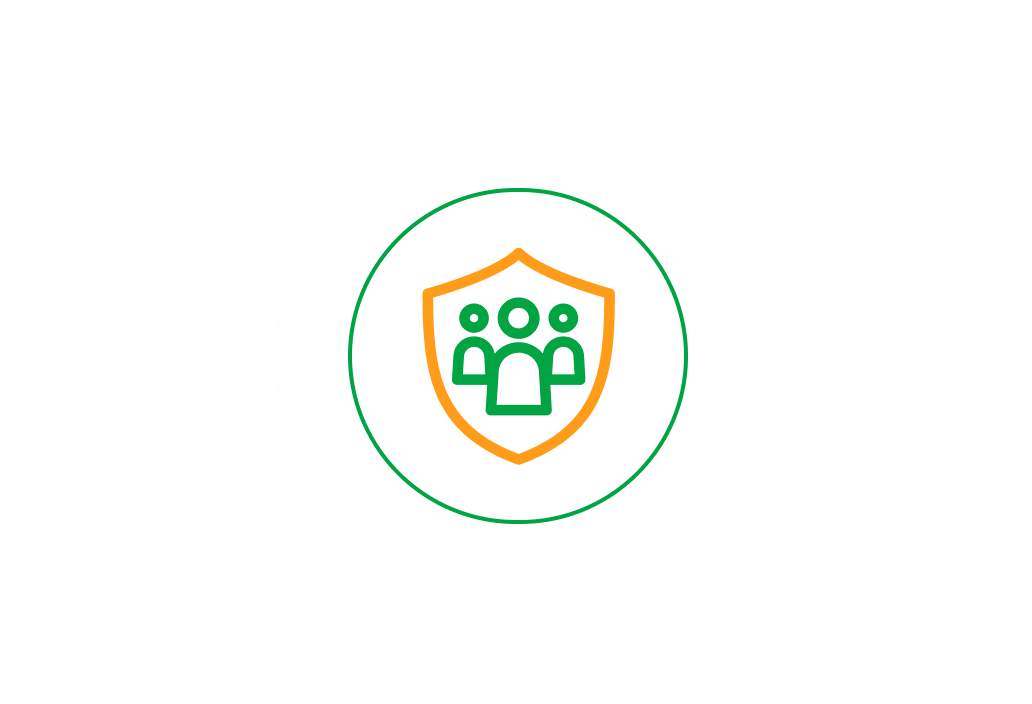What is cyberbullying?
Cyberbullying effects, characteristics and consequences
Cyberbullying has caused one in five students in the world to miss school, according to a UNICEF study reflects a worrying situation for thousands of children who are being harassed on the Internet by their classmates. Some countries, however, have reduced the number of attacks with a brilliant idea: the KiVa program.

Cyberbullying is not an isolated event. According to a UNICEF survey in 30 countries, more than a third of young people have been victims of cyberbullying and 1 in 5 have missed school because of it. Other OECD studies also confirmed that the same problem was experienced in other OECD countries, with females (70%) being more affected than males (30%). The US Cyberbullying Research Center also found through surveys that at least 15.6% of students surveyed admitted to cyberbullying others.
When seeking solutions, those surveyed look to their governments. However, they are not finding any answers, or at least that is what can be deduced from the following figure: 76% of those interviewed believe that the governments of the countries examined do not pay sufficient attention to cyberbullying. For UNESCO this problem was threatening the attainment of Sustainable Development Goal 4, seeking quality education, and therefore it promoted a worldwide campaign against this type of attitude with the backing of the NGO No Bully. Its objective was specifically to set up a creative collaboration between institutions, to raise awareness by making access to materials easier and to provide clear guidance on how to promote change.
Characteristics and consequences of cyberbullying
In cases of Internet bullying among children, a series of patterns can be found. Some of them are listed below:
Every child experiences it in a different way and every situation is different but the psychological scars of cyberbullying are generally serious: it harms children's self-esteem and ability to relate to others, and in extreme cases can lead to depression. Any student can become a victim of these attacks, although it is more probable in these cases:
- Differences of race, origins, culture, sexual orientation, physical appearance, etc. increase the probability of being attacked over the Internet.
- Low self-esteem, insecurity or a lack of social skills complicate relationships with others, the response to conflict and the defence of personal rights.
- The most vulnerable children are those who have few friends to support and protect them.
What are the differences between bullying and cyberbullying?
Traditional and virtual bullying are closely related, as they both prevent equal access to education and thwart the creation of inclusive, protected and non-violent learning environments for all children and adolescents. But at the same time there are some differences that make the impact and consequences of cyberbullying more serious. The Internet and electronic devices make the perpetrators more confident and they act more impulsively and aggressively, daring to do things that they would not do in other circumstances. Why does this occur?
- The ease of hiding on the Internet helps children to feel somehow invulnerable, invincible and irresponsible.
- As this is bullying at a distance, it reduces the empathy of the attacker with the victim and it makes it more difficult for the attacker to be aware of the psychological harm that he or she is causing.
- The Internet increases the virality of these attitudes because it allows children to join in bullying more easily by sharing or adding likes to offensive posts.
- The instant, impulsive replies which the immediate communication typical of the Internet can give rise to may make conflicts worse.
The lack of a code of good conduct for the Internet leads to behaviour that would not occur in person.
Protecting yourself and others from cyber-bullying
If you find yourself in a cyberbullying situation, the most important thing to do is to seek help and speak up. However, UNICEF lists a number of steps you can take to protect your mental and emotional health:
- Stay calm and be patient. Keep all evidence of bullying, as it may be important when reporting the situation to the authorities.
- Block the bully. Use the blocking tools on the platform where the bullying is taking place to prevent the bully from contacting you any more.
- Report the bullying. Report the situation over the social network or app where it is taking place.
- Get help. Don't confront the bully alone. Seek support from family, friends and share what is happening with others. Ask for advice on how to deal with the situation best.
There are also ways to support people experiencing cyberbullying:
- Listen without judging
- Offer your help
- Encourage seeking professional help
- Provide companionship and understanding

What is digital ethics?
A new set of ethics based on the source of this change: the Internet.

Educational robots
Educational robots enable students of all ages to become familiar with and deepen their knowledge of robotics and programming.

Safe Internet browsing
The Internet also requires a series of precautions to be taken to prevent the threats hidden behind the screen.
How can cyberbullying be prevented?
Finland, Italy and Holland have succeeded in reducing the amount of bullying and cyberbullying in schools with the KiVa program. This educational project from the University of Turku (Finland) began in 2009 and since then has received, among others, the European Crime Prevention Award because of its results. Over the years, this program has succeeded in improving the situation of 90% of the victims of school bullying in Finland that took part in this project. The project has expanded to other countries such as Belgium, Estonia, France, Ireland, Italy, New Zealand, Spain, South Africa, Sweden, Switzerland, the Czech Republic, the Netherlands and the UK. In addition to preventing school bullying, KiVa provides tools for intervention by teachers, helps the victims to overcome the symptoms and helps bullies develop their ability to show their feelings in another way.
But KiVa is not alone. The problem of bullying has led to other programs that are fighting to eradicate it. One of them is ZERO. This Norwegian program has been successfully implemented in a number of countries in Latin America, including Chile, Peru and Mexico. It starts from the premise that bullying is aggression designed to bring social rewards, such as power, and focuses on reducing these and increasing the gratification produced by positive behaviour. The role of teachers is vital because they are responsible for teaching coexistence and a group culture. In Switzerland they have Be-Prox, a program that emphasises the learning of values that promote positive social relations among children. The Irish model, ABC, is also notable; it includes the addition of two compulsory subjects: Personal health education and civic, social and political education. And we should not fail to mention the pioneers, the Pikas program, which seeks to reconcile the bully and the victim in a group meeting, and the program Olweus, which seeks to promote peer relations.
In recent years a variety of apps have been developed to improve communication between the students, teachers, schools and families. Below are some of these. Appvise is a platform that sets up communication channels between those involved. Parental Click collects legal evidence of the attacks for a hypothetical trial. ZeroAcoso measures the educational climate of each school and anonymously connects the victims with professionals. Know Bullying promotes communication between parents and children and reports cases of bullying. BraveUp permits anonymous comments to be made about what is happening in the classroom. Digital tools are part of the problem... and of the solution.



















